Forget John Major's warm beer and village greens, we Brits are a nation of socially acceptable free thinkers, largely thanks to the spectacular growth in New World wines
Drink too many spirits and you're a liability; drink too much beer and you're a lout; but drink wine and you're a socially acceptable free thinker.
Wine's sophisticated image is one of its greatest assets. And while much of the snobbery associated with drinking wine has gone, today's consumers are just as eager to talk about nuances of taste and flavour, share their experience of the latest Chilean Shiraz, pass judgement on the new Zinfandel from Californian or rave about a fruity Cabernet Sauvignon from Oz.
Which is all good news for the wine industry. For while UK consumers hold no allegiance to the small band of brave English winemakers on their doorstep, they are prepared to drink wines from anywhere else in the world, so long as the quality and price are right.
Brand assurance
The wine market is growing steadily in the UK at around 5% a year, encouraged by the multiples who are constantly developing their wine aisles.
Under pressure from producers who recognise the potential of a listing with one of the majors, the wine buyers reject far more than they accept and source much of what they stock themselves. But of this, brands will only account for 19% of wines on the shelves although their share is growing rapidly at nearly 30% a year.
Consumers switching out of spirits and beer to wine, or who are just adding wine to their drinking repertoire, are looking for the reassurance of brands such as Jacob's Creek, Gallo, Piat D'Or, BRL Hardy or Penfolds. And as they drink more, so their confidence increases and they become more adventurous. They trade up and experiment.
This trend for new experiences has benefited the New World producers most. They offered the new generation of drinkers accessible Chardonnays, Cabernet Sauvignons and Merlots which could be easily identified all quick delivery, fruity wines of which Australia has been the most successful supplier.
Latest ACNielsen figures show its UK volume growing at 30% with a 14.5% share of the overall wine market, putting Australia second only to the French, who still dominate with a quarter of all wine sales here.
But that's no reason for complacency the French share of the UK market fell by 2.7% last year, the flow only staunched by vins de pays wines from the south of the country which are doing particularly well.
Their Gallic pride seriously dented, the French have put considerable effort into pepping up their market and urging consumers to reappraise their wines.
Not too proud to borrow New World wine making and marketing techniques, they are nevertheless emphasising the qualities that make French wines among the best in the world. Some producers have even gone back to basics, deliberately highlighting the terroir or sense of place of their wines, offering it as a point of difference in much the same way as biodynamic and organic producers have latched on to their niches.
Out with the Old
Among other Old World producers, Italy is holding its own with a 13% share of the market, helped by activity from major wine buyers who have been sourcing new and interesting wines from the Med.
Meanwhile, Germany's decline continues, albeit at a slower rate. It's hanging on to 11% of the UK market, although much of it is in the lower price spectrum. Its producers are trying to redress the balance by creating wines better suited to the UK market and supporting them with generic promotion.
Spain has been hit by high prices, particularly in Rioja, and its share has declined by 9%, giving it 7.7% of UK sales.
The big New World winners are South Africa, with a 6.3% share, the US (6%), Chile (5.6%) and Argentina (1.6%).
Raise your glasses
There's certainly plenty of potential for further growth. Current per capita consumption in the UK is 16 litres or just under two bottles a month.
Chris Carson, chief executive of BRL Hardy Europe, says there is no reason why this should not reach 20 litres by 2005, although a strong pound, duty increases and world oil price rises could all force breakthroughs on price points and put a brake on expansion of the category.
Carson says: "In the last two or three years most brands have held their prices. The exchange rate has been kind, but if that changes it will have an impact."
Making the case for the future of wine brands, he says: "In the past they were one dimensional and at one price and they provided a volume commodity product. Today's brands are owned by the producer not the distributor, and the producer has a vested interest in improving the quality every year.
"We put our money back into the trade by investing in the brands so we get the pull through to purchase."
Producers are also becoming less single minded about their brands, and the major players have developed ranges which go from £3.50 to £10and beyond.
They have also become multibranded. Gallo's Garnet Point bears no reference to its parent company. BRL Hardy has followed a similar route with Banrock Station (Australia) and D'Istinto (Italy), neither of which carries the Hardy name.
Wine on the web
The wine market is changing rapidly but the speed is accelerating as more shoppers log on to the net.
Andy Thornton, md of category management and logistics specialist SRCG, says: "As people become more confident about wine, the internet is going to be crucial. It provides choice and cost savings and it makes it easier to buy wine by the case and have it delivered. It also provides good access to information and tasting notes.
"This cannot be done as well in a supermarket or off licence."
The IGD estimates online grocery will account for 25% of the business by 2005. Thornton believes this will happen faster in the wine market and conventional outlets will have to work hard to keep their market share. This includes providing knowledgeable staff in the wine aisles, adjusting ranges to fit the needs of the local population and re-evaluating how the wines are merchandised.
He says grouping wines by country is not necessarily helpful to shoppers. Wine should be more occasion linked and there should be more opportunities for dual siting and cross merchandising.
There is also scope for multibuys of three or four bottles, instead of the traditional case of 12.
Thornton says: "I would like to see a retailer do something radically different. The category is growing substantially, there is a chance for a major step change by the retailers. If they do not take it, they could lose out to the internet."
{{Z SUPPLEMENTS }}
Close menu
- Home
- Retail & Wholesale
-
Products & Suppliers
- Back to parent navigation item
- Products & Suppliers
-
Product Categories:
- Back to parent navigation item
- Product Categories:
- Alcoholic drinks
- Bakery
- Cereals & breakfast
- Cheese
- Chicken & poultry
- Chocolate
- Confectionery
- Crisps, nuts & snacks
- Dairy
- Fish
- Fresh produce
- Frozen
- Household
- Meat
- Own Label
- Sauces & condiments
- Seasonal
- Soft drinks
- Vaping
- Vegan & plant-based
- World foods
- Suppliers
- People
- Reports & Data
-
Topics A-Z
- Back to parent navigation item
- Topics A-Z
-
Popular topics:
- Back to parent navigation item
- Popular topics:
- Cost of living crisis
- Crime
- Deposit Return Schemes
- Finance
- Government & Regulation
- Health
- Inflation
- Loyalty
- Marketing
- Mergers & Acquisitions
- New Product Development
- Sourcing
- Supply chain
- Sustainability & environment
- Technology
- Ultra Processed Foods
- Vaping
- A-Z all topics
- Content by type:
- Events
- Subscribe now
Sign in to comment on this article
Not logged in before? Register for FREE guest access today.
You will be able to:
- Read more stories
- Receive daily newsletters
- Comment on stories
Advert



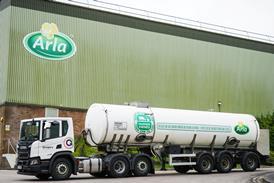




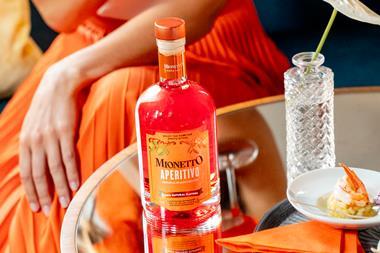



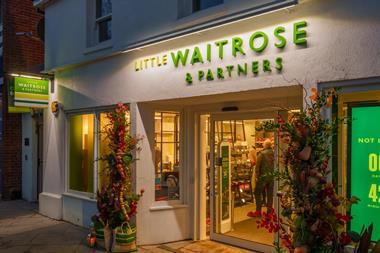



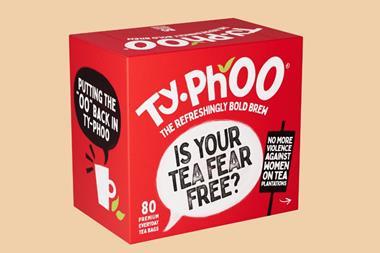
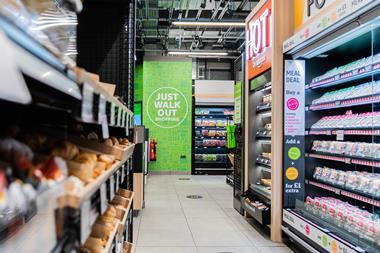
No comments yet